ultrasound
Latest
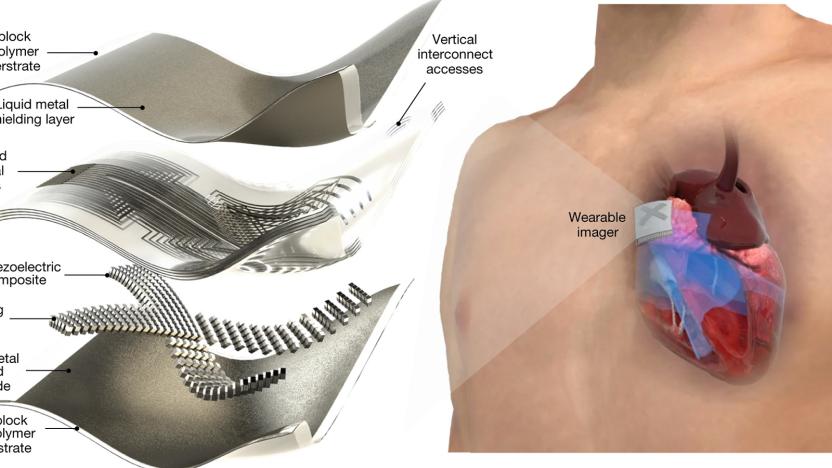
Wearable ultrasound patch could offer real-time heart scans on the go
A wearable ultrasound patch could offer real-time pictures of your heart — even while you're working out.
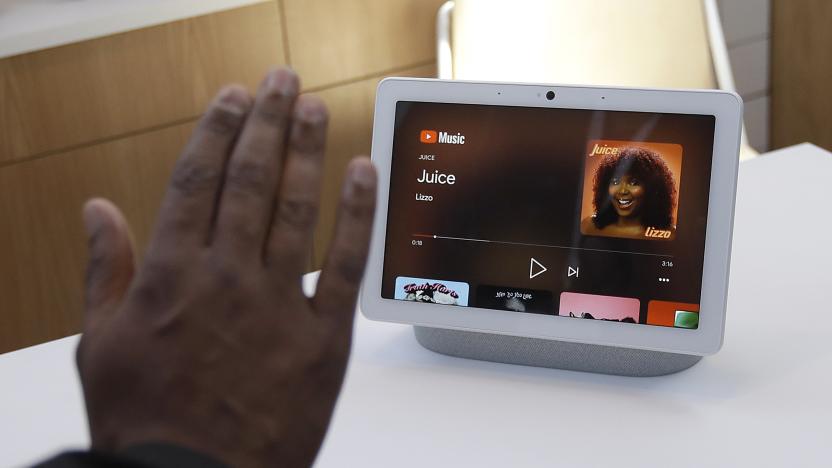
Google is testing a way to activate Assistant without wake words
A leaker triggered the voice assistant just by getting close to a Nest Hub Max.
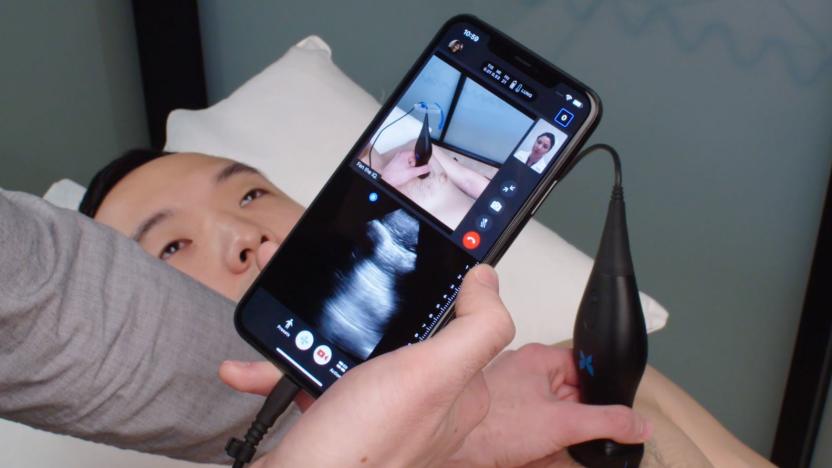
An iPhone and an ultrasound wand could help doctors monitor COVID-19 remotely
Welcome to a new way to monitor COVID-19. The beauty of Butterfly's approach to telemedicine is that you don't have to know a thing about ultrasound systems to use it.
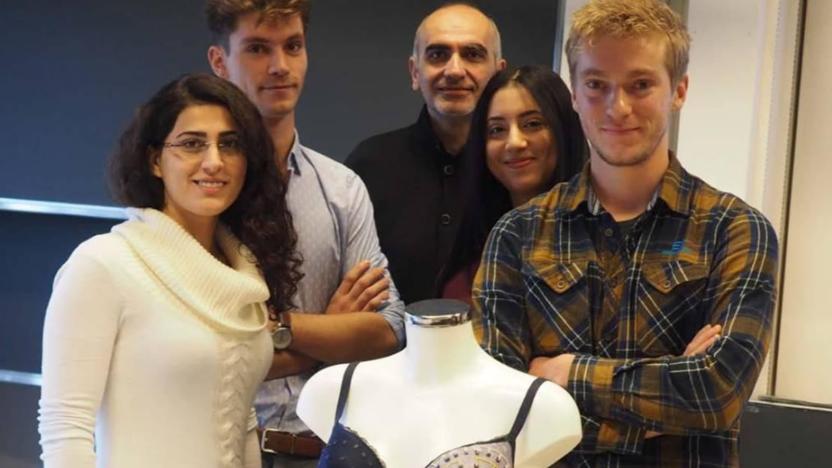
Students develop a smart bra for early breast cancer detection
Students from the Swiss university EPFL have developed a smart bra designed to detect breast cancer in its earliest stages. They believe it's the first piece of clothing that can be used for cancer prevention. They even claim that it's comfortable and that the tech is "nearly imperceptible."

Ultrasonic bracelet jams the microphones around you
Smart speakers and other microphone-equipped devices aren't supposed to listen all the time, but there might be a solution if you aren't willing to take any chances. University of Chicago researchers have built an experimental bracelet that uses ultrasonic broadcasts from 24 speakers to jam most microphones, no matter what direction they're in. The gadget takes advantage of non-linearities in its built-in amplifier to 'leak' ultrasonic noise into the audible range and render recordings useless.
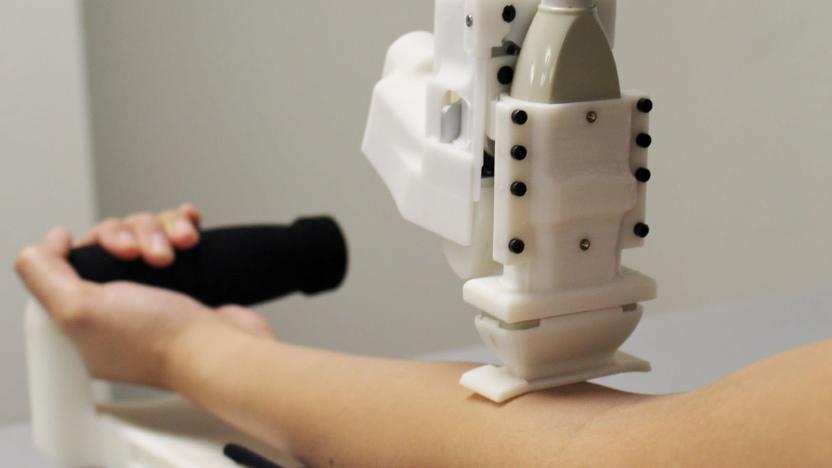
Blood-drawing robot is supposedly more accurate than humans
The only thing worse than getting a needle is getting two (or more) when the first jab attempt fails. Now, researchers from Rutgers and Mount Sinai Hospital have developed a robot that can see under your skin and supposedly do the job better than humans. That could one day help reduce problems like infections and thrombosis when attempting to start an IV line, for example.

Here's everything Google announced at the Pixel 4 event
Despite all of the leaks ahead of Google's Pixel 4 hardware event today, the company still had plenty to share. Of course, we got our first official look at the Pixelbook Go and Pixel 4/4XL, but we also got to see the new Nest Mini, Nest WiFi and Pixel Buds. And Google had plenty of new features -- like ultrasound sensing and an improved Recorder app -- to wow the crowd.
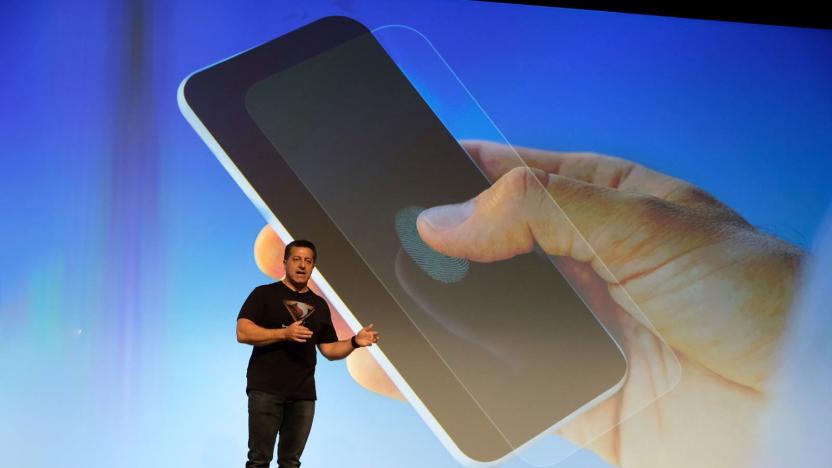
Ultrasound makes Qualcomm's new in-display fingerprint sensor super-secure
Qualcomm is being coy and not telling us everything about its new Snapdragon 855 chipset yet, but it did dig into its new ultrasonic fingerprint sensor a bit. While that might not sound like the most exciting development to come out of Hawaii this week, it has big implications for how we lock down our phones and should pop up in devices by early next year.

FDA says unapproved 'designer vagina' treatments are dangerous
Cellulite, thigh gaps, hip dips... women have no end of supposed physical "flaws" to worry about, and in recent times this remit has expanded to include the state of their vaginas, too. The internet is awash with products designed to improve a woman's "intimate health", but now the FDA has found that these treatments and procedures -- which claim to tighten muscles, increase lubrication, boost sexual pleasure or just "neaten things up" -- are not only unapproved, but are causing serious injuries to the women undertaking them.

Researchers create prosthetic hand that offers more lifelike dexterity
Researchers at Georgia Tech have developed a prosthetic hand inspired by the bionic one given to Star Wars' Luke Skywalker. What sets this one apart from other prosthetics is the amount of dexterity it offers, allowing users to move individual fingers at will. With it, Jason Barnes, the amputee working with the researchers, was able to play piano for the first time since losing part of his arm in 2012.
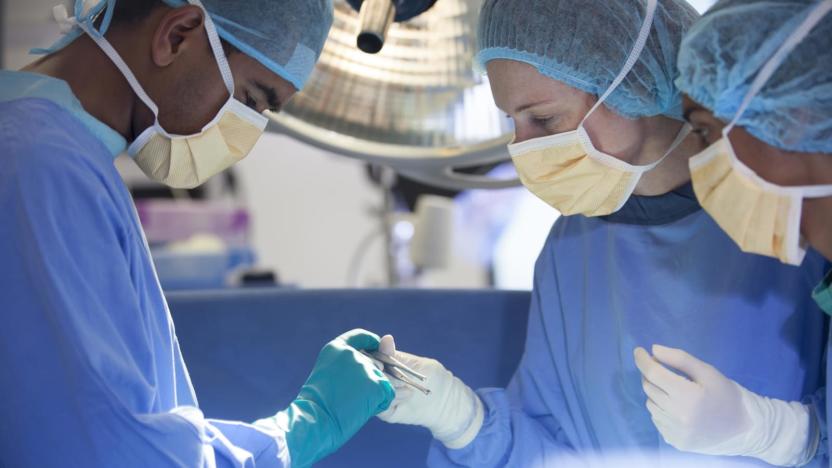
Researchers create ultrasound needle for internal surgical images
Minimally invasive surgeries are appealing because they typically mean less scar tissue, shorter recovery times and a lower risk of infection. But they have their downsides as well. Getting a good look at the tissue being targeted during a minimally invasive surgery can be quite difficult, and often surgeons are limited to using external ultrasound probes and imaging scans taken prior to surgery. But new research published today in Light: Science & Applications presents a potential new option -- an optical ultrasound needle.

Vivo beats Apple to an under-display fingerprint scanner
There have been rumours of Apple exploring under-display fingerprint scanning technology, but you probably didn't expect the first of such demos to come from China. At MWC Shanghai, Qualcomm announced its latest ultrasonic fingerprint solution, with the new highlights being its integration underneath OLED displays (up to 1.2mm-thick), as well as working fine even when the device is immersed in water. As before, this tech can tolerate dirt and sweat on skin better than its capacitive counterpart, and it also works underneath metal and glass (duh) but with increased penetration -- up to 800um for glass and up to 650um for aluminum, as opposed to the old 400um for either material.
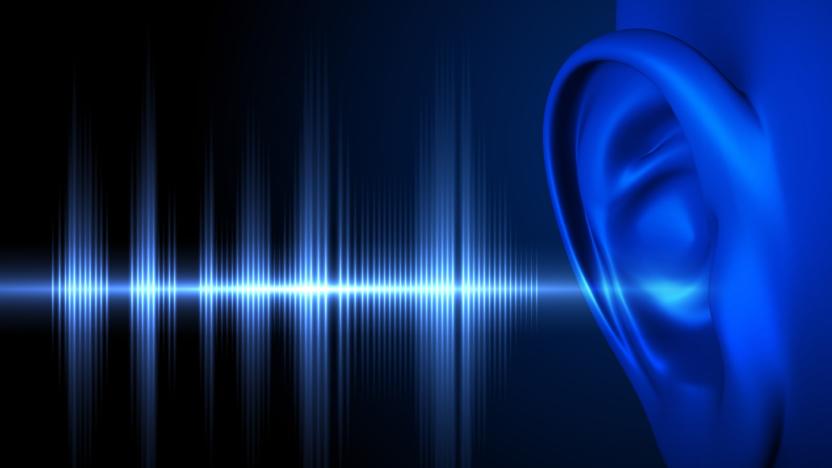
Silently ‘speak’ to someone across the room with an ultrasonic beam
If you ever wanted to whisper across a crowded room, a new experimental device might let you deliver sneaky instructions -- if the awkward speaker and electrodes don't tip everyone off. Researchers at the University of Bristol built a wearable that translates facial expression into ultrasonic words that can be heard up to 30 meters away.

Doctors use ultrasound to jump-start coma patient's brain
We're getting better at predicting when a patient might come out of a coma, but helping them recover is another matter. Even after a patient wakes up, the effects of being in a persistent unconscious state can result in severe brain injury. Recovery can take ages, but doctors at UCLA are testing a new treatment that could speed things up dramatically: using low-intensity focused ultrasound pulsation to "jump-start" a patient's brain.

Ultrasound can levitate large objects
Scientists have long dreamed of using acoustic levitation to float objects, but there has been one big catch: you couldn't lift an object larger than the wavelength without being picky about what you're lifting. However, it might not be a problem going forward. Researchers in Brazil and the UK have successfully levitated a polystyrene ball 3.6 times larger than the ultrasonic waves holding it up. The trick was to create a standing wave in the gap between the transducers and the object, instead of the usual pressure node between the transducer and a reflector. You can change the angle and number of transducers without messing with the effect, and it finally creates both horizontal and vertical lift -- you don't need physical support to prevent the object from drifting sideways.

Turtle Beach's glass speaker fires a focused 'beam' of audio
Turtle Beach's HyperSound Glass is one of the most impressive tech demos I've seen in years. The broad pitch used to sell the concept is pretty easy to grasp. With traditional speakers, sound travels out like light from a lamp: It's directed, for sure, but not focused. HyperSound is more like a flashlight: a concentrated "beam" of sound, which is only fully audible in front of the "speaker," a piece of glass.

Get streaming video of your innards using ultrasound
Current medical implants use radio waves to talk to receivers outside the human body at a paltry 50Kb per second. Fortunately, there's a faster way! And we already use it to check on babies (and pumping hearts) in real-time: ultrasound. Researchers at the University of Illinois at Urbana-Champaign have used ultrasonic waves that travel fast enough through flesh to deliver streaming video.

Ultrasound and software could replace a phone's proximity sensor
Smartphone makers are obsessed with making their gear thinner, and Norwegian startup Elliptic Labs has come up with a pretty good way to help. Their answer: get rid of the proximity sensors in our phones (and the requisite dark dots near our screens) entirely. Instead, Elliptic CEO Laila Danielsen says her team has developed some clever software that uses a phone's existing speaker and microphone to do the same job.

Researchers use ultrasound to activate cancer-killing drugs
Since your liver is surrounded by delicate blood vessels and bile ducts, cancers are tough to treat with toxic chemotherapy drugs and usually require surgery. However, researchers from the University of Illinois have pioneered a new "triple attack" treatment that kills cancer cells with a standard lymphoma chemo drug. "Nanobubbles" of it are injected into a cancer mass, then "popped" using ultrasound, releasing medicine directly into cancer cells during critical cell formation. "The probability of its undesired systemic release is minimal due to this highly selective activation mechanism, which helps to spare the healthy cells," says lead researcher Dipanjan Pan.

Doctors breach the blood-brain barrier for the first time
Our blood-brain barrier is a highly selective membrane specially designed to only allow very specific molecules access to our grey matter while keeping everything else out -- regardless of whether they're invading foreign bodies or potentially life-saving medicines. That's no longer the case. Doctors from Toronto's Sunnybrook Hospital have recently managed to temporarily jiggle the barrier open using directed ultrasonic waves and keep it open long enough to deliver chemotherapy drugs.











